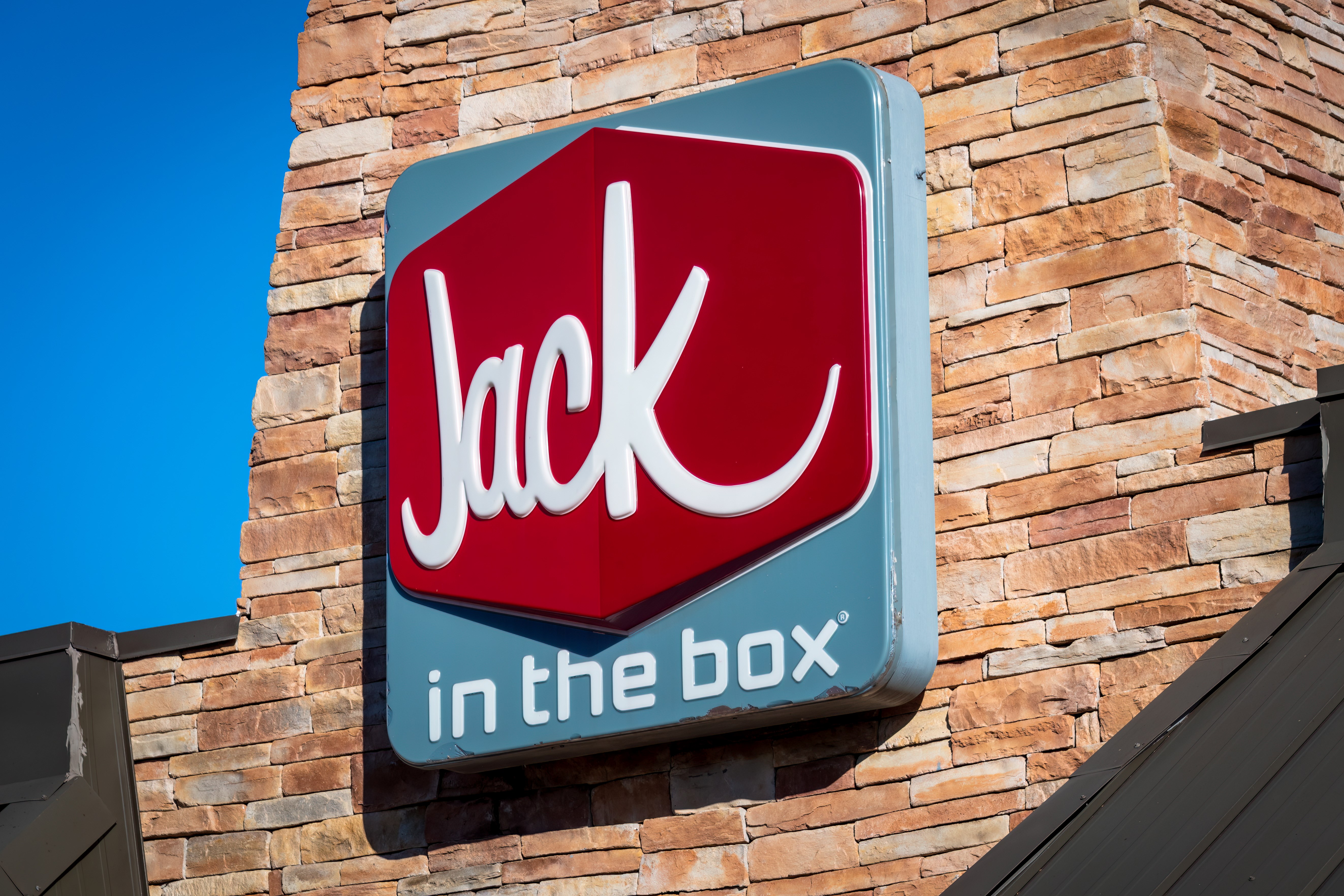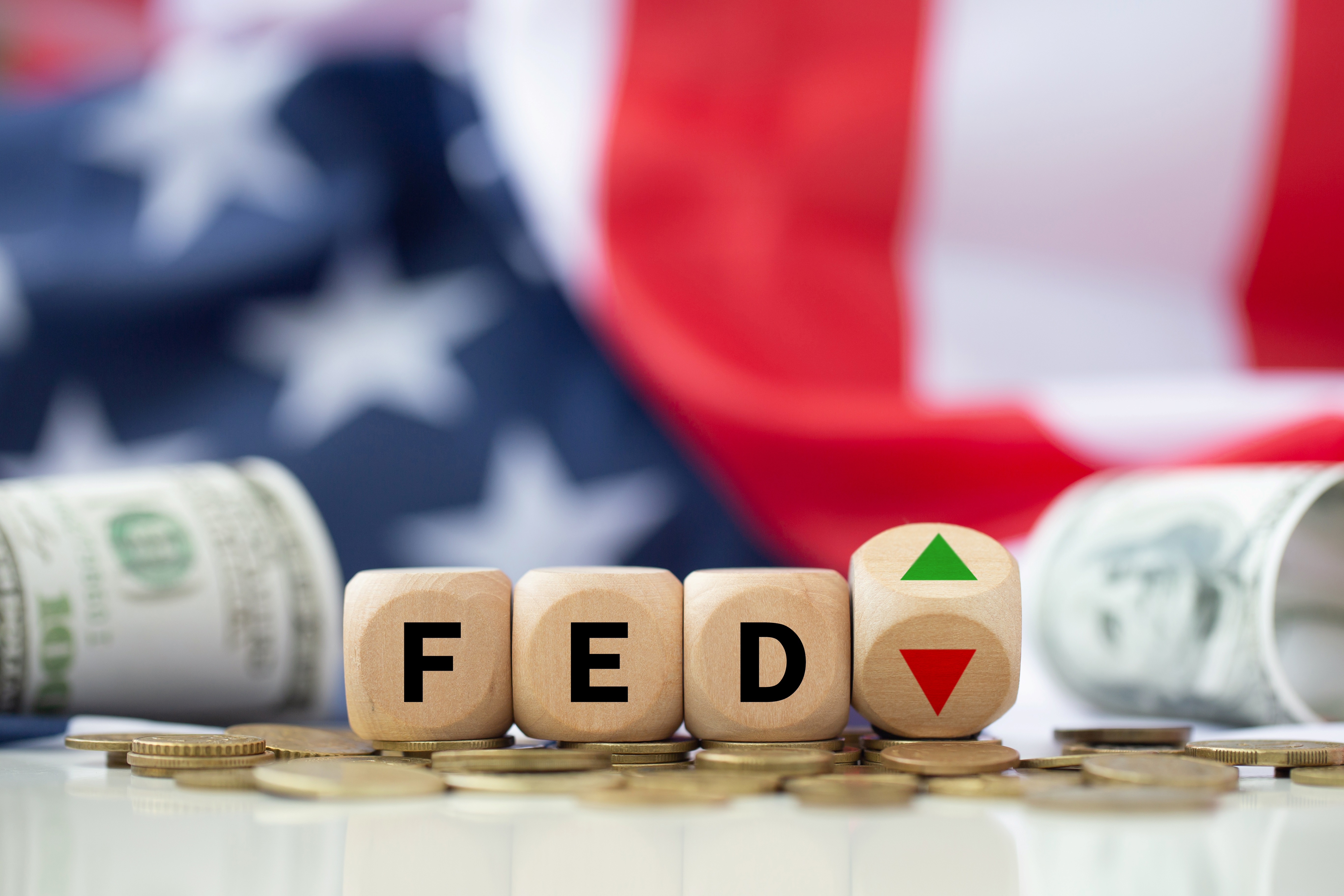Commercial Real Estate Deal Flow Shows Signs of Revival

As the commercial real estate (CRE) sector enters the second half of 2024, there is growing cautious optimism surrounding deal flow and market activity. After a turbulent 2023 marked by high interest rates and economic uncertainty, there are clear signs that transaction volumes are beginning to recover, signaling a potential rebound in the industry.
Q3 2024 Outlook: Cautious Optimism
The outlook for Q3 2024 is characterized by a shift toward cautious optimism in the commercial real estate market. The year started on a challenging note, but recent data suggests a more positive trend is emerging as market conditions stabilize. Both investors and industry stakeholders are showing renewed confidence as transactional activity picks up, especially in core markets.
This growing optimism is tempered by a recognition of the risks still present in the broader economy, particularly with lingering concerns about interest rates and the possibility of a delayed Federal Reserve rate cut. Despite these challenges, the CRE sector appears to be gaining momentum.

Transaction Activity: $211 Billion in Property Sales
Through June 2024, the commercial real estate market saw $211 billion in property sales across key sectors. While this figure represents a 4% year-over-year decline, it also points to a recovery when viewed against the backdrop of last year's challenges. The slight decrease in transaction volume is seen as a reflection of the turbulence experienced in 2023, rather than a signal of continued market weakness.
Key sectors contributing to this activity include oNice, retail, industrial, and multifamily properties, which have seen fluctuating demand as interest rates and investor confidence shifted over the past year. Industrial and multifamily properties, in particular, have remained resilient, continuing to attract investment despite broader market challenges.
2023 Turbulence: Interest Rates and Recession Fears
The commercial real estate market experienced significant turbulence throughout 2023. Rising interest rates, coupled with persistent fears of a potential recession, dampened deal flow and caused many investors to take a "wait and see" approach. The Federal Reserve’s aggressive rate hikes, aimed at combating inflation, led to higher borrowing costs, which in turn squeezed profit margins on real estate deals. Many transactions were delayed or canceled as a result.
Investor caution was also driven by concerns about the economic slowdown and uncertainty about how inflationary pressures would impact the broader economy. With higher borrowing costs and the looming threat of recession, many players in the CRE sector opted to hold oR on making significant acquisitions or capital expenditures, contributing to the overall slowdown in deal flow.
2024 Trends: A Rebound in Q2
The start of 2024 was similarly slow, with Q1 seeing a 17% year-over-year decline in transaction volumes as the market continued to grapple with elevated interest rates and economic uncertainty. However, a noticeable rebound occurred in Q2 2024, with transaction volumes increasing by 9% compared to the previous quarter. This uptick is viewed as an encouraging sign that the market is slowly finding its footing and adjusting to the current economic environment.
Several factors have contributed to this resurgence, including increased confidence in core markets, the anticipation of a more favorable interest rate environment, and strong demand in sectors like industrial real estate, which remains buoyed by the growth of e-commerce and logistics operations.
While the Q2 recovery does not completely oRset the earlier declines, it suggests that investors are becoming more willing to engage in new transactions as market conditions stabilize.
Interest Rates: Potential Fed Rate Cut in September
A key factor driving renewed optimism in the commercial real estate sector is the potential for a Federal Reserve rate cut in September. If the Fed chooses to lower rates, it could provide much-needed relief for the CRE market by reducing borrowing costs and improving overall access to capital. A rate cut would also likely boost investor confidence, further spurring transactional activity as buyers and sellers look to capitalize on more favorable financing conditions.
Lower interest rates would be particularly beneficial for sectors that are highly sensitive to borrowing costs, such as oRice and retail properties. With more affordable financing, investors could be incentivized to move forward with deals that were previously stalled due to the high cost of capital.
Market Momentum: Recovery in Core Markets
As 2024 progresses, market momentum is building in core markets, where commercial real estate activity has shown the most resilience. Major metropolitan areas like New York, Los Angeles, Chicago, and San Francisco have seen stronger-than-expected recovery in transaction volumes, particularly in sectors like industrial and multifamily housing. These core markets are attracting renewed interest from institutional investors, who view them as safe bets in an otherwise volatile landscape.
The recovery in these markets has been driven by factors such as population growth, demand for logistics and warehouse space, and continued investment in urban revitalization projects. Additionally, the easing of pandemic-related disruptions has allowed for a more stable and predictable operating environment, further contributing to the rebound.
Year-End Focus: Fed Decision and Q4 Resurgence
Looking ahead to the remainder of the year, industry players will be closely watching the Federal Reserve’s decision on interest rates. A rate cut could serve as a catalyst for a strong resurgence in deal flow during Q4 2024, as investors seek to lock in favorable financing conditions before the end of the year. Additionally, improving economic data and a more optimistic outlook for the U.S. economy could further drive activity in the commercial real estate sector.
The focus will remain on core sectors such as industrial, retail, oNice, and multifamily, all of which are expected to benefit from improved access to capital and stronger investor sentiment. Despite the challenges posed by elevated interest rates and economic uncertainty, the commercial real estate market appears to be on the path to recovery, with Q4 2024 poised to be a critical period for market resurgence.
Conclusion
The commercial real estate market is showing clear signs of revival as transaction volumes recover from the turbulence of 2023. While the sector still faces challenges, particularly with interest rates and economic uncertainty, there is a growing sense of optimism for Q3 and Q4 2024. The potential for a Federal Reserve rate cut in September could further bolster deal flow, particularly in core markets where investor interest remains strong. As the industry looks to close out the year, the focus will be on navigating the evolving interest rate landscape and capitalizing on opportunities in sectors that have proven resilient. All eyes will be on the Fed and the market’s ability to sustain the recovery momentum in the final months of the year.
Source: https://www.costar.com/article/2113339508/commercial-real-estate-deal-flow-shows-signs-of-revival
Related posts
You may also find these articles interesting







.jpg)
